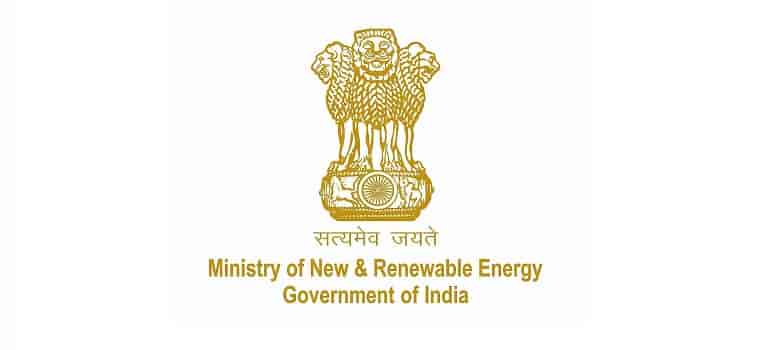 The Ministry of New and Renewable Energy (MNRE) has rolled out the much awaited national wind-solar hybrid policy. The policy has been finalized after having detailed consultation with stakeholders, it provides a framework for the of large grid connected wind-solar PV hybrid system for optimal and efficient utilization of transmission infrastructure and land, reducing the variability in renewable power generation and achieving better grid stability.
The Ministry of New and Renewable Energy (MNRE) has rolled out the much awaited national wind-solar hybrid policy. The policy has been finalized after having detailed consultation with stakeholders, it provides a framework for the of large grid connected wind-solar PV hybrid system for optimal and efficient utilization of transmission infrastructure and land, reducing the variability in renewable power generation and achieving better grid stability.
The policy also aims to encourage new technologies, methods and wayouts involving combined operation of wind and solar PV plants. A scheme for new hybrid projects under the policy is also expected shortly, the ministry said.
On technology front the Policy provides for integration of both the energy sources i.e. wind and solar at AC as well as DC level. The Policy also provides for flexibility in share of wind and solar components in hybrid project, subject to the condition that, rated power capacity of one resource be at least 25 per cent of the rated power capacity of other resource for it to be recognised hybrid project.
The implementation of wind solar hybrid system will depend on different configurations and use of technology.
- Wind-Solar Hybrid- AC integration: In this configuration the AC output of the both the wind and solar systems is integrated either at LT side or at HT side. In the later case both system uses separate step-up transformer and HT output of both the system is connected to common AC Bus-bar. Suitable control equipment are deployed for controlling the power output of hybrid system.
- Wind-Solar Hybrid- DC integration: DC integration is possible in case of variable speed drive wind turbines using convertor-inverter. In this configuration the DC output of the both the wind and solar PV plant is connected to a common DC bus and a common invertors suitable for combined output AC capacity is used to convert this DC power in to AC power.
MNRE in an official statement said “The Policy seeks to promote new hybrid projects as well as hybridisation of existing wind/solar projects. The existing wind/solar projects can be hybridised with higher transmission capacity than the sanctioned one, subject to availability of margin in the existing transmission capacity.”
The Policy provides for procurement of power from a hybrid project on tariff based transparent bidding process for which Government entities may invite bids.
Policy also permits use of battery storage in the hybrid project for optimising the output and further reduce the variability. It mandates the regulatory authorities to formulate necessary standards and regulations for wind-solar hybrid systems.
With significant capacity additions in renewables in recent years and with Hybrid Policy aiming at better utilisation of resources, it is envisaged that the Hybrid Policy will open-up a new area for availability of renewable power at competitive prices along with reduced variability. A scheme for new hybrid projects under the policy is also expected shortly.
For More information click here
ALSO READ:
Installed capacity of renewable energy nearly doubled since 2014: Govt
GE Renewable Energy and Alliant Energy to add 470 MW of wind capacity in
Chinese scientists develops battery to store renewable energy


